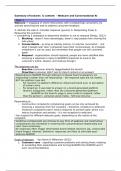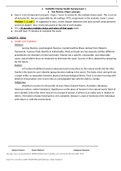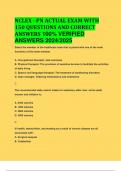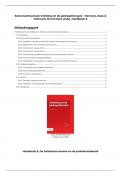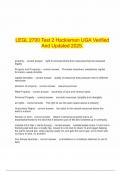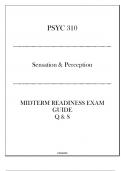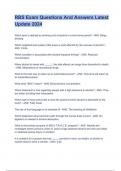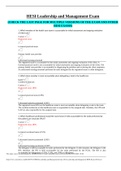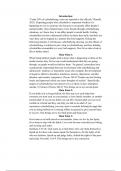Summary
Webcare and Conversational AI summary
- Course
- Institution
My exam grade was 8.5 - and this document is all that I studied! - It consists of all of the content mentioned in the lectures, as well as the weekly lecture videos. I have made an overview of the term definitions, theories, differences and types within the content (which are all explained in c...
[Show more]
